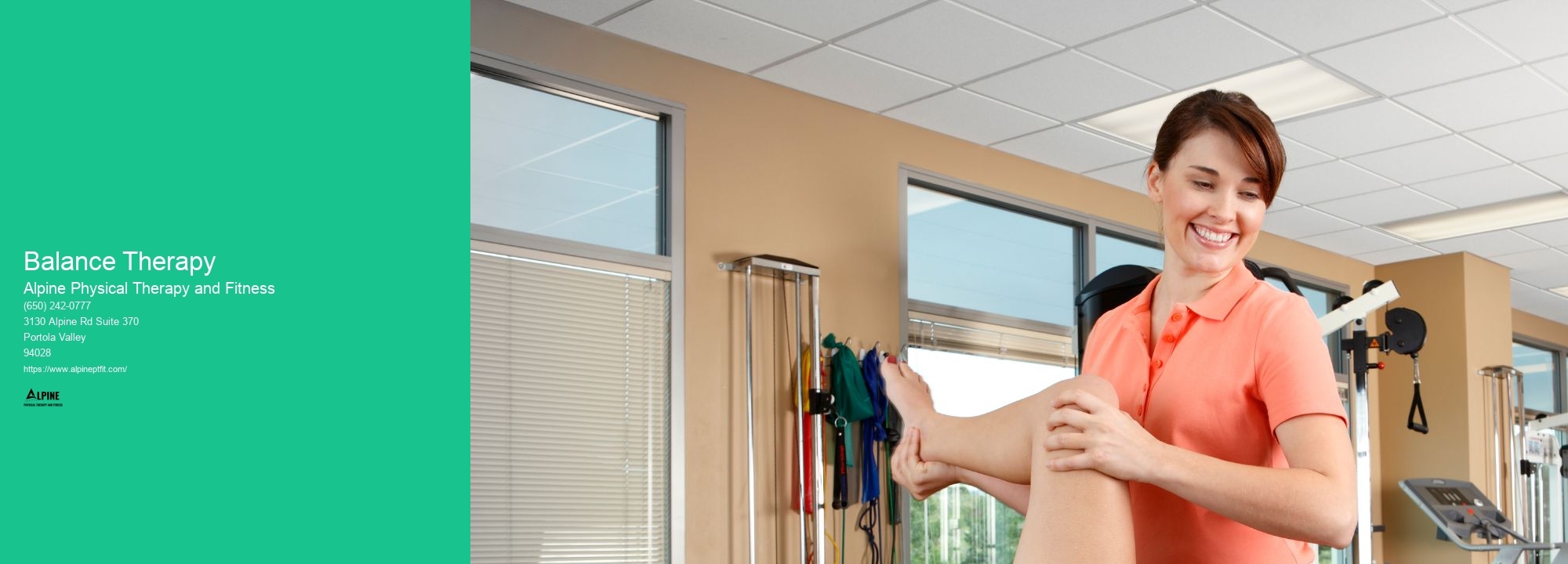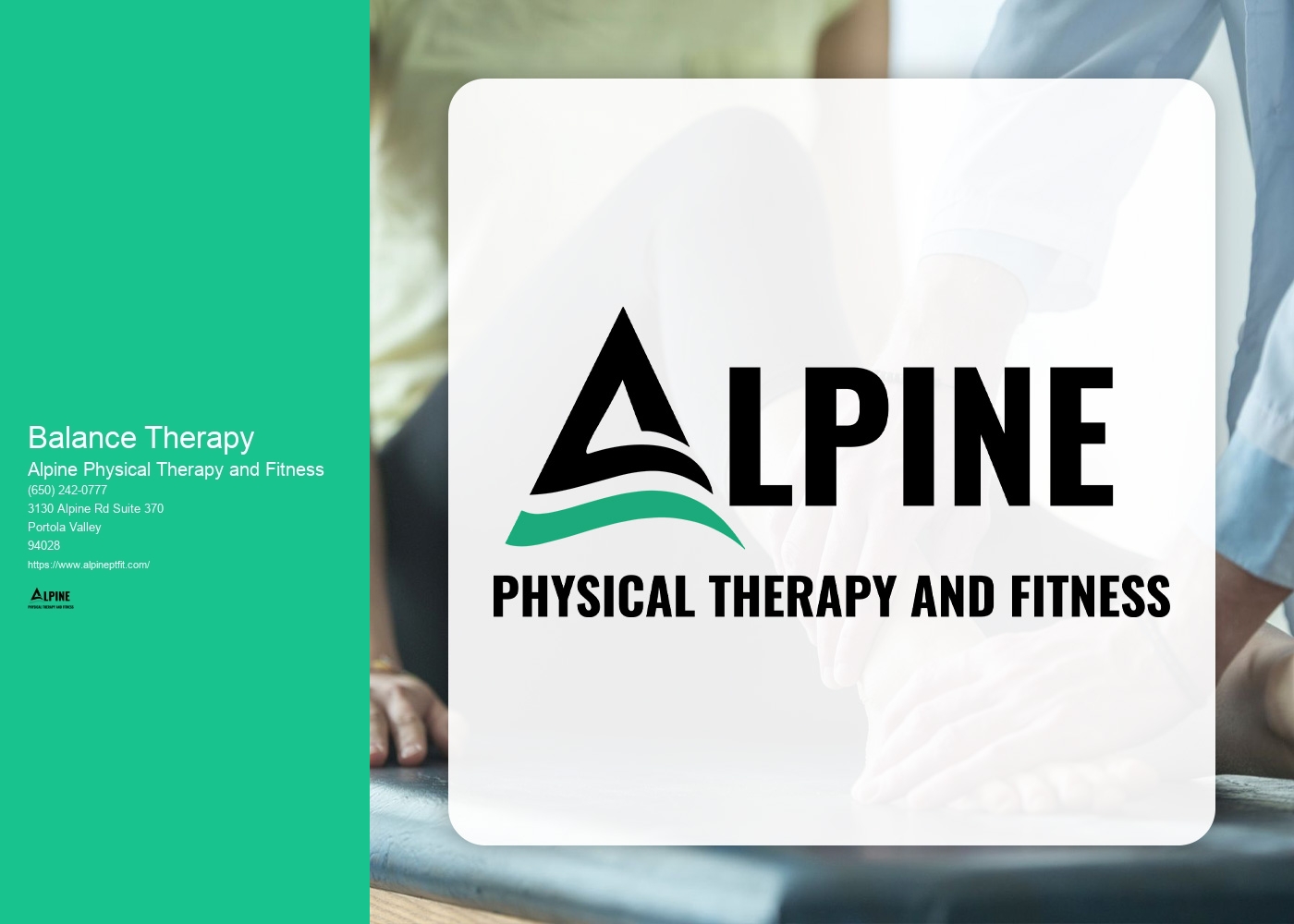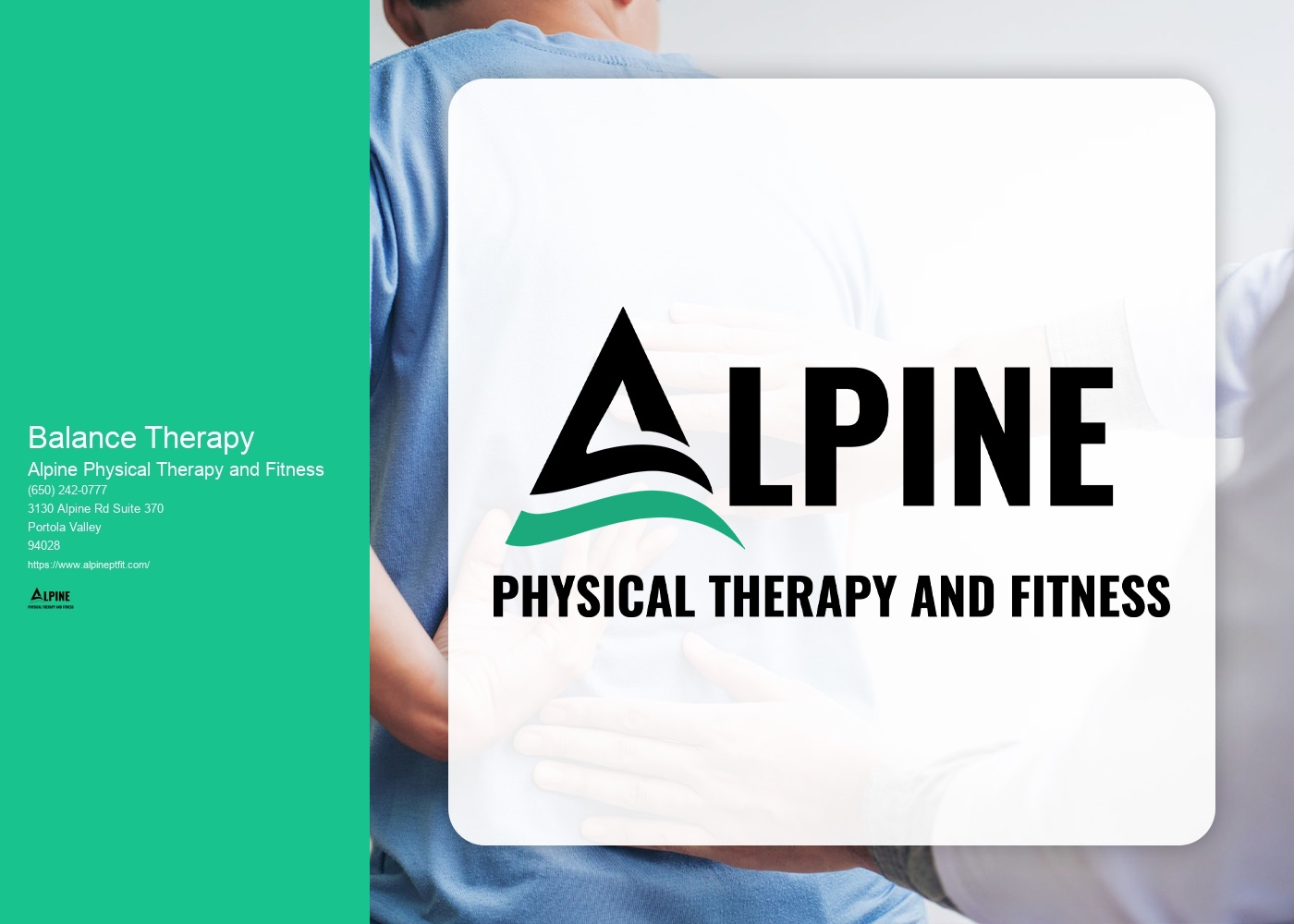

Balance therapy, also known as vestibular rehabilitation therapy, is a specialized form of physical therapy that focuses on improving balance and reducing dizziness or vertigo symptoms. It works by targeting the vestibular system, which is responsible for maintaining balance and spatial orientation. The therapy typically involves a combination of exercises and techniques that aim to strengthen the vestibular system and improve coordination. These exercises may include head and eye movements, balance training, and gait training. By gradually exposing the patient to controlled movements and challenging their balance, balance therapy helps the brain adapt and compensate for any vestibular dysfunction.
Balance therapy can be beneficial for a range of conditions and issues related to balance and dizziness. It is commonly used to treat conditions such as benign paroxysmal positional vertigo (BPPV), labyrinthitis, vestibular neuritis, and Meniere's disease. It can also be helpful for individuals who have experienced a head injury or stroke, as well as those with age-related balance problems. Additionally, balance therapy can benefit individuals with chronic dizziness or unsteadiness, as well as those who have difficulty with coordination and mobility.
The benefits of balance therapy are numerous. Firstly, it can help reduce dizziness and vertigo symptoms, allowing individuals to regain their balance and improve their quality of life. By improving balance and coordination, it can also help prevent falls and injuries. Balance therapy can enhance an individual's ability to perform daily activities, such as walking, climbing stairs, and getting in and out of chairs. It can also improve overall physical fitness and confidence, as individuals become more comfortable and secure in their movements.

The duration of a typical balance therapy session can vary depending on the individual's needs and the severity of their condition. Generally, a session can last anywhere from 30 minutes to an hour. The frequency and duration of the therapy will be determined by the therapist based on the patient's progress and goals. In some cases, balance therapy may be conducted over several weeks or months, with regular sessions scheduled to ensure consistent progress.
While balance therapy is generally safe, there may be some side effects or risks associated with certain exercises or techniques. These can include temporary dizziness or nausea during or after the therapy session. However, these side effects are usually mild and subside quickly. It is important for individuals undergoing balance therapy to communicate any discomfort or concerns to their therapist, who can adjust the treatment plan accordingly. Overall, the benefits of balance therapy outweigh the potential risks, and the therapy is considered a safe and effective treatment option.

Balance therapy can be done both in a clinical setting and at home, depending on the individual's needs and capabilities. In a clinical setting, a trained therapist will guide and supervise the therapy sessions, ensuring proper technique and progression. They may also use specialized equipment to aid in the therapy. However, many balance exercises can also be performed at home, under the guidance of a therapist. The therapist will provide instructions and a personalized exercise program that can be followed independently. It is important to follow the therapist's recommendations and guidelines to ensure safety and effectiveness.
The time it takes to see results from balance therapy can vary depending on the individual and their specific condition. Some individuals may experience improvements after just a few sessions, while others may require several weeks or months of therapy to see significant progress. Consistency and adherence to the therapy program are key factors in achieving positive outcomes. It is important to remember that balance therapy is a gradual process, and results may continue to improve over time with continued practice and maintenance exercises. Regular communication with the therapist is essential to track progress and make any necessary adjustments to the treatment plan.

Yes, there are specialized techniques for treating diastasis recti in postpartum women. Diastasis recti is a condition where the abdominal muscles separate during pregnancy, and it is common among postpartum women. One technique that is often used is called the Tupler Technique, which involves specific exercises and movements to help strengthen and realign the abdominal muscles. Another technique is the use of a belly binder or abdominal splint, which provides support to the abdominal muscles and helps them come back together. Physical therapy is also commonly recommended, as it can help women learn proper body mechanics and strengthen the core muscles. Additionally, Pilates and yoga exercises that focus on core strength and stability can be beneficial for treating diastasis recti. It is important for postpartum women to consult with a healthcare professional or a specialized physical therapist to determine the most appropriate treatment plan for their specific condition.
Yes, there are specialized exercises designed specifically for individuals who are recovering from heart surgery. These exercises are tailored to meet the unique needs and limitations of patients who have undergone cardiac procedures. They focus on improving cardiovascular fitness, strengthening the heart muscle, and promoting overall physical well-being. Some examples of specialized exercises for heart surgery recovery include low-impact aerobic activities like walking or cycling, gentle stretching exercises, and resistance training with light weights or resistance bands. It is important for individuals to consult with their healthcare provider or a cardiac rehabilitation specialist to develop a personalized exercise plan that takes into account their specific condition and recovery progress.
Hydrotherapy for wound care involves the use of specific techniques to promote healing and prevent infection. One technique is whirlpool therapy, which utilizes a whirlpool bath to cleanse the wound and remove debris. This technique helps to increase blood flow to the wound, which can aid in the delivery of oxygen and nutrients necessary for healing. Another technique is the use of moist dressings, which can be applied to the wound and then covered with a waterproof dressing. This helps to create a moist environment that promotes wound healing and prevents the formation of scabs. Additionally, hydrotherapy may involve the use of water jets or sprays to gently cleanse the wound and remove bacteria. These techniques, when used in conjunction with proper wound care practices, can help to facilitate the healing process and improve outcomes for patients.
Strain-counterstrain is a technique used in manual therapy that aims to alleviate pain and restore proper function by reducing muscle tension and improving joint mobility. This approach involves the gentle positioning of the body in a position of comfort, which is opposite to the direction of the strain or dysfunction. By holding this position for a short period of time, the therapist allows the muscles and tissues to relax, reducing the strain and promoting healing. Strain-counterstrain is particularly effective in treating musculoskeletal conditions such as muscle spasms, joint restrictions, and postural imbalances. It is often used in conjunction with other manual therapy techniques to provide comprehensive and individualized care to patients.